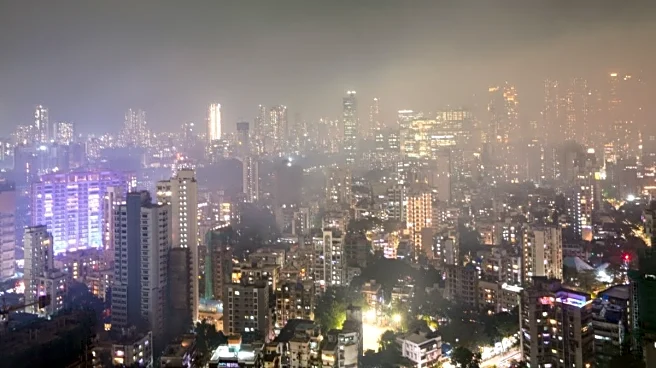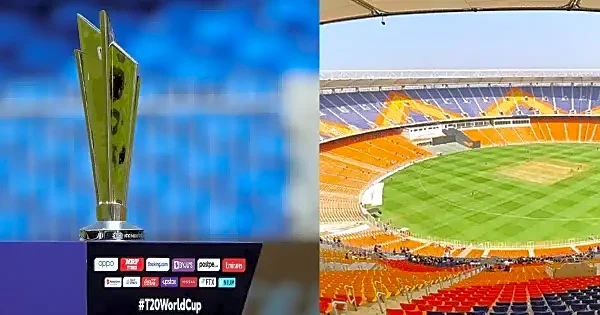Mumbai’s air has taken a sharp turn for the worse since the monsoon withdrew on October 10. Until the previous day, the city’s Air Quality Index (AQI) remained in the double digits — a sign of relatively
clean air. But once the rains stopped, pollution levels shot up, with AQI readings moving into triple digits and showing a steady decline in air quality.
According to data from the Central Pollution Control Board (CPCB), Mumbai’s overall AQI stood at 139 on Wednesday afternoon — a ‘moderate’ level. However, while the citywide average has hovered around this range, some neighbourhoods are already recording significantly poorer air.
At the Bandra Kurla Complex (BKC) and Deonar, AQI readings recently touched 221 and 235 respectively, both falling in the ‘poor’ category. Between October 10 and 15, BKC reported ‘poor’ air for two days, while Deonar recorded similar conditions for three consecutive days.
To put it in context, an AQI between 0–50 is considered ‘good’, 51–100 ‘satisfactory’, 101–200 ‘moderate’, 201–300 ‘poor’, 301–400 ‘very poor’, and above 400 ‘severe’.
How La Nina Is Worsening The Air
Weather experts link this decline to the La Nina phenomenon — a global climatic pattern that cools sea surface temperatures in the Pacific Ocean and alters wind circulation. In coastal cities like Mumbai, La Nina often leads to weaker winds, which slows the dispersion of pollutants.
Gufran Beig, chair professor at the National Institute of Atmospheric Sciences (NIAS), told The Indian Express that Mumbai is now witnessing the early effects of La Niña. “For a coastal city like Mumbai, La-Niña usually slows down the overall wind speed, which forces the AQI to go downside. This phenomenon was earlier seen during the 2021-2022 period, which had resulted in a serious dip in Mumbai’s air quality,” he explained.
Beig added that as cooler air becomes denser, pollutants tend to stay suspended in the lower atmosphere, forming hazy, smog-like layers. “At present, the onset of La-Nina is still very slow. This may intensify starting November, which will create a phenomenon of cooler temperatures mixed with slower wind speed. Therefore, it is very likely that Mumbai’s overall AQI may worsen further as winter progresses,” he said.
The Winter Effect
The India Meteorological Department (IMD) has forecast a longer winter this year. Although Mumbai rarely experiences extreme cold, experts say the city is likely to have cooler-than-usual conditions between November and January.
Mahesh Palawat, vice-president (meteorology) at Skymet Weather, told the publication that lower temperatures slow down air movement. “The city’s air quality has already started to dip after the monsoon withdrawal took place, mainly because when the rains are there, a natural cleansing of the atmosphere takes place and the atmosphere stays free of pollution,” he said.
What Can Be Done
The Brihanmumbai Municipal Corporation (BMC) has listed vehicle emissions, dust from roads and construction sites, and open garbage burning as major causes of pollution in its Mumbai Air Pollution Mitigation Plan (MAPMP).
According to Beig, authorities must respond swiftly. “The authorities should take adequate measures to ensure there is a smooth traffic flow and minimum congestion. At the same time, activities like open burning of garbage in public spaces and landfills need to be strictly checked,” he said.







/images/ppid_a911dc6a-image-176240406873577791.webp)







